Disclosure: This article contains affiliate links. We may earn a commission from purchases at no extra cost to you, which helps our travel content.
The first time I witnessed Utah's red rock landscapes, I felt the same expansive wonder I experienced as a teenager on my grandfather's Wyoming ranch. That vastness that first drove me to pick up a camera. St. George sits at the crossroads of three distinct geological regions—the Mojave Desert, Colorado Plateau, and Great Basin—creating a photographer's paradise of crimson cliffs, sweeping vistas, and light that transforms by the minute. This guide shares my week-long journey capturing this remarkable corner of the American Southwest.
Essential Gear for Desert Photography
The desert environment around St. George demands specific gear considerations. The dramatic range between highlights and shadows requires filters to balance exposure. I never venture into these landscapes without my polarizing filter, which cuts glare on sunny days and enhances the saturation of those iconic red rocks.
Dust protection is non-negotiable here. I learned this lesson the hard way after a sudden gust in Snow Canyon introduced fine sand into my lens mechanism. Now I always pack a dust removal kit and apply it religiously each evening.
Hydration matters as much as memory cards. The dry heat is deceptive, and I've found myself light-headed during golden hour shoots after underestimating my water needs. My insulated water bottle has become as essential as my camera body, keeping water cool even after hours under the desert sun.

💡 Pro Tips
- Bring twice as many memory cards as you think you'll need—the landscape compels constant shooting
- A portable external hard drive allows for daily backups when staying in remote areas
- Use a lens hood to prevent flare when shooting toward the sun, especially common during golden hour
Snow Canyon State Park: The Overlooked Gem
While Zion gets the glory, Snow Canyon State Park offers equally stunning compositions without the crowds. Just a 15-minute drive from downtown St. George, this 7,400-acre park features petrified dunes, lava tubes, and slot canyons that create a photographer's playground of textures and contrasts.
The Petrified Dunes Trail provides my favorite morning location. Arriving 45 minutes before sunrise lets you set up as the first light kisses the rippling sandstone formations, creating a dance of shadow and warm light that reveals the stone's subtle textures. The hiking gaiters I wear have saved my boots countless times from the invasive fine sand that gets everywhere.
For afternoon shoots, the West Canyon Road offers accessible pullouts where you can capture the dramatic contrast between black lava rock and red sandstone. The Johnson Canyon trail, open seasonally, leads to a natural arch that frames distant mountains perfectly when shot with a telephoto lens.

💡 Pro Tips
- Visit on weekdays to have key photography spots almost entirely to yourself
- The Three Ponds trail offers unique reflection opportunities after rare rainfall
- White rocks along Jenny's Canyon create stunning contrast against blue skies—best shot in mid-morning light
Pioneer Park and Red Hill Reserve: Urban Adjacent Wonders
One of St. George's photographic treasures sits just minutes from downtown. Pioneer Park offers a playground of red rock formations, natural arches, and elevated viewpoints that capture the city against its dramatic geological backdrop. The park's accessibility makes it perfect for spontaneous sunset shoots when the light suddenly turns magical.
My favorite discovery here was the 'Pioneer Park Arch' (sometimes called Dixie Rock), which frames the city and distant mesas beautifully at sunset. Bring your remote shutter release to capture shake-free long exposures as the city lights begin to twinkle below.
Red Hill Reserve provides another accessible option with its elevated perspective of downtown against red cliffs. I've found myself returning here repeatedly during blue hour, when the remaining sky light balances perfectly with the city's illumination. The short but steep trails require proper footwear—my approach shoes provide the grip needed on slickrock while being comfortable enough for hours of standing at the tripod.

💡 Pro Tips
- The Dixie Rock area gets crowded at sunset—arrive 1-2 hours early to scout compositions
- Bring a headlamp for safely navigating the rocky terrain after sunset shoots
- Use a graduated ND filter to balance exposure between bright sky and shadowed rock formations
Day Trips: Zion and Beyond
No photographic expedition to St. George is complete without venturing to nearby Zion National Park, just 45 minutes away. The key to successful shooting here is timing—I've found that entering the park before 7am or after 3pm helps avoid both harsh midday light and the worst crowds.
The Canyon Overlook Trail offers an accessible sunrise spot that delivers dramatic views without requiring the full Angels Landing hike. For this location, I always bring my neutral density filter kit to smooth the Virgin River's flow during longer exposures.
Beyond Zion, consider the less-visited Kolob Canyons section for its finger-like red rock formations and the dramatic light play in their deep recesses. For something completely different, the ghost town of Grafton provides historical structures against the backdrop of towering mesas—a composition that speaks to the human history within this ancient landscape.
When photographing these vast landscapes, protection from the elements becomes crucial. My sun sleeve protectors have prevented countless sunburns during long days shooting in the open desert, where shade is often nonexistent and reflection from the red rocks intensifies UV exposure.

💡 Pro Tips
- The Pa'rus Trail in Zion offers excellent riverside compositions without shuttle requirements
- Visit Kolob Terrace Road for unique perspectives of Zion's backcountry that few tourists ever see
- The Narrows requires special gear, but renting waterproof equipment in Springdale is simple and worth the effort
Chasing Light: Best Times for Desert Photography
The quality of light in Utah's desert is what elevates a good photograph to an unforgettable one. Spring offers the perfect combination of comfortable temperatures and spectacular conditions for photography. The low-angled morning light between 6:30-8:30am creates a warm glow that makes the red rocks appear to smolder from within.
Evening golden hour (typically 6:00-7:30pm in spring) offers similar magic, but with different qualities—the day's accumulated heat creates interesting atmospheric effects, and sometimes lenticular clouds form over the mesas, adding dramatic elements to your compositions.
Beyond these traditional golden hours, I've found unique opportunities during what I call the 'blue-gold transition'—that brief window when shadowed areas take on cool blue tones while direct light remains warm. This creates natural split-toning effects that no filter can replicate.
Storm days, while challenging, offer the most dramatic shooting conditions. The waterproof camera cover has saved my gear during sudden cloudbursts that preceded some of my most dramatic images. When storm clouds part to allow sunbeams through, be ready—these fleeting moments create the light shows that landscape photographers dream about.

💡 Pro Tips
- Use weather apps like Clear Outside to predict cloud cover for sunrise/sunset potential
- The 30 minutes after a storm passes often provides the most dramatic light of your entire trip
- Winter brings lower sun angles all day, extending golden hour light and creating longer shadows
Final Thoughts
As I pack away my gear after a week in St. George, I'm struck by how this landscape reminds me of the Wyoming plains that first inspired my photographic journey—not in appearance, but in feeling. Both evoke that rare sense of being simultaneously insignificant yet deeply connected to something ancient and enduring. The red rock country around St. George offers more than just stunning photographs; it provides a visual dialogue between light, time, and geological forces that have shaped this corner of the American West for millions of years.
Whether you're drawn to the accessible wonders of Snow Canyon, the dramatic vistas of Zion, or the quieter moments along lesser-known trails, this region rewards those who approach it with patience and reverence. The photographs you create here will certainly capture beautiful landscapes, but the best ones will also reflect something more profound—the conversation between photographer and place that happens when we truly slow down to see.
I hope this guide helps you find your own photographic voice among these crimson cliffs and sweeping vistas. The light here has a way of revealing not just the landscape, but something within the photographer as well.
✨ Key Takeaways
- Visit Snow Canyon State Park for crowd-free compositions that rival Zion's beauty
- Prioritize golden hour and storm-clearing conditions for the most dramatic light
- Protect both yourself and your gear from the harsh desert elements
- Explore beyond the obvious landmarks to find unique perspectives
- Allow extra time at each location to observe how light transforms the landscape
📋 Practical Information
Best Time to Visit
Spring (March-May) and Fall (September-November)
Budget Estimate
$1,200-$1,800 for one week including accommodations, car rental, and park fees
Recommended Duration
5-7 days minimum
Difficulty Level
Moderate
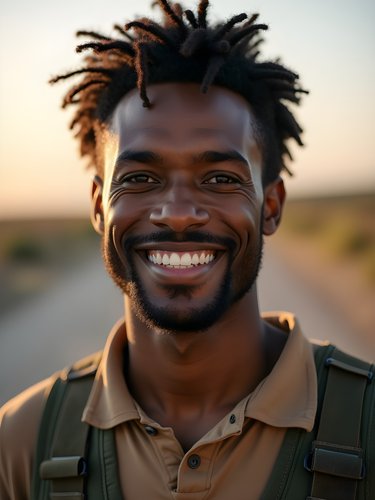
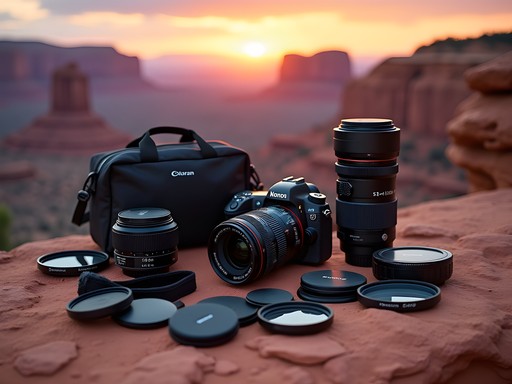






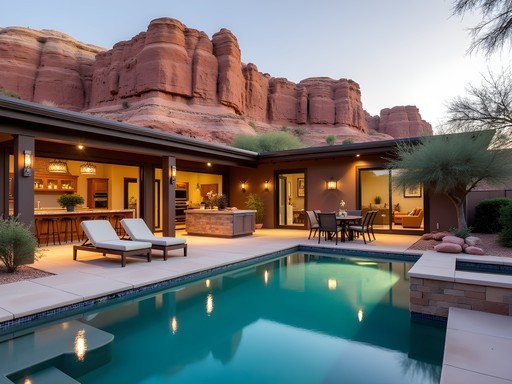
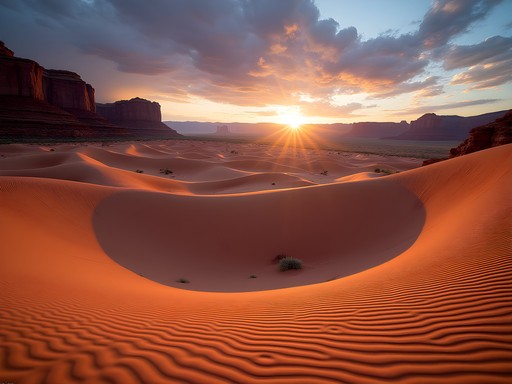

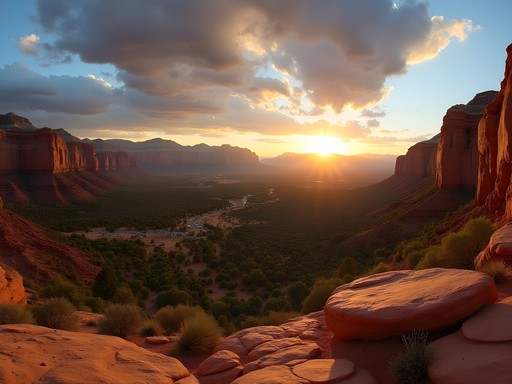




Comments
tripgal
Planning my first trip to St. George this fall and I'm bringing my camera! Any recommendations for easily accessible spots for someone with mild mobility issues? I can walk about a mile on relatively flat terrain but steep hikes are out. Snow Canyon looks gorgeous but not sure which areas would work best for me.
coffeeclimber
Not Preston, but the Petrified Dunes viewpoint in Snow Canyon is right off the road with minimal walking for amazing views. Also, there's a paved trail at the visitor center that's gorgeous!
tripgal
Thank you so much! Adding those to my list right now.
lens_collector
What lens did you use for those wide landscape shots? They have amazing depth!
Preston Campbell
Most of the wide shots were with a 16-35mm f/4, but I also used a 24mm tilt-shift for some of the more dramatic compositions with foreground elements.
desertdreamer
That panorama of Snow Canyon took my breath away! Saved this post for my trip next spring.
Frank Garcia
Preston, your comparison between Wyoming plains and Utah's red rock landscapes resonates deeply. I've photographed both regions extensively and there's something about that vast openness that creates a similar emotional impact despite the drastically different terrain. I found Pioneer Park particularly challenging for photography due to the harsh midday shadows. Did you primarily shoot during golden hour? Your dynamic range management in those shots is impressive. I've been experimenting with exposure bracketing using my tripod which has been game-changing for those high-contrast scenes.
tripgal
Frank, do you think Pioneer Park is worth visiting if you only have 3 days in St. George? Trying to prioritize spots for my upcoming trip!
Frank Garcia
Absolutely! It's right in town and you can capture amazing shots in just 1-2 hours. Perfect for sunset after exploring Snow Canyon during the day.
coffeeclimber
Those red rock shots are absolutely stunning! Snow Canyon is definitely the hidden gem you described.
Frank Garcia
Snow Canyon blew me away when I visited last year. So much less crowded than Zion but equally impressive in its own way.
coffeeclimber
Right? I feel like everyone rushes to Zion and misses it. Their loss!
hikerphil
Your shots of the red rocks against that blue sky are incredible! What time of year were these taken?
hikergirl99
If you're heading to Snow Canyon, the White Rocks trail at sunset gives you amazing views too! Just bring a headlamp for the hike back.
vacationlegend
Great guide! I've been to Zion several times but never explored much around St. George itself. Is Snow Canyon doable in half a day? And are there any photography workshops in the area you'd recommend?
Preston Campbell
Snow Canyon is definitely doable in half a day, though I could easily spend a full day there! The main scenic drive is only about 4 miles with several pullouts for photos. If you want to include some hiking, the Petrified Dunes and White Rocks trails offer amazing perspectives. As for workshops, check out the St. George Photography Club - they often host guided photo walks for visitors.
vacationlegend
Perfect, thanks! Adding Snow Canyon to my itinerary for October.
photo_newbie42
Heading to St. George in November. Is that a decent time for photography or should I wait for spring?
Preston Campbell
November is actually fantastic! Fewer crowds, and the lower sun angle creates more dramatic shadows on the rock formations. Just pack layers - mornings can be quite chilly.
photo_newbie42
Perfect! That's exactly what I was hoping to hear. Thanks!
desert_wanderer
Your photos are incredible! The way you captured the light on those red rocks is breathtaking.
Venture X
Premium card with 2X miles, $300 travel credit, Priority Pass